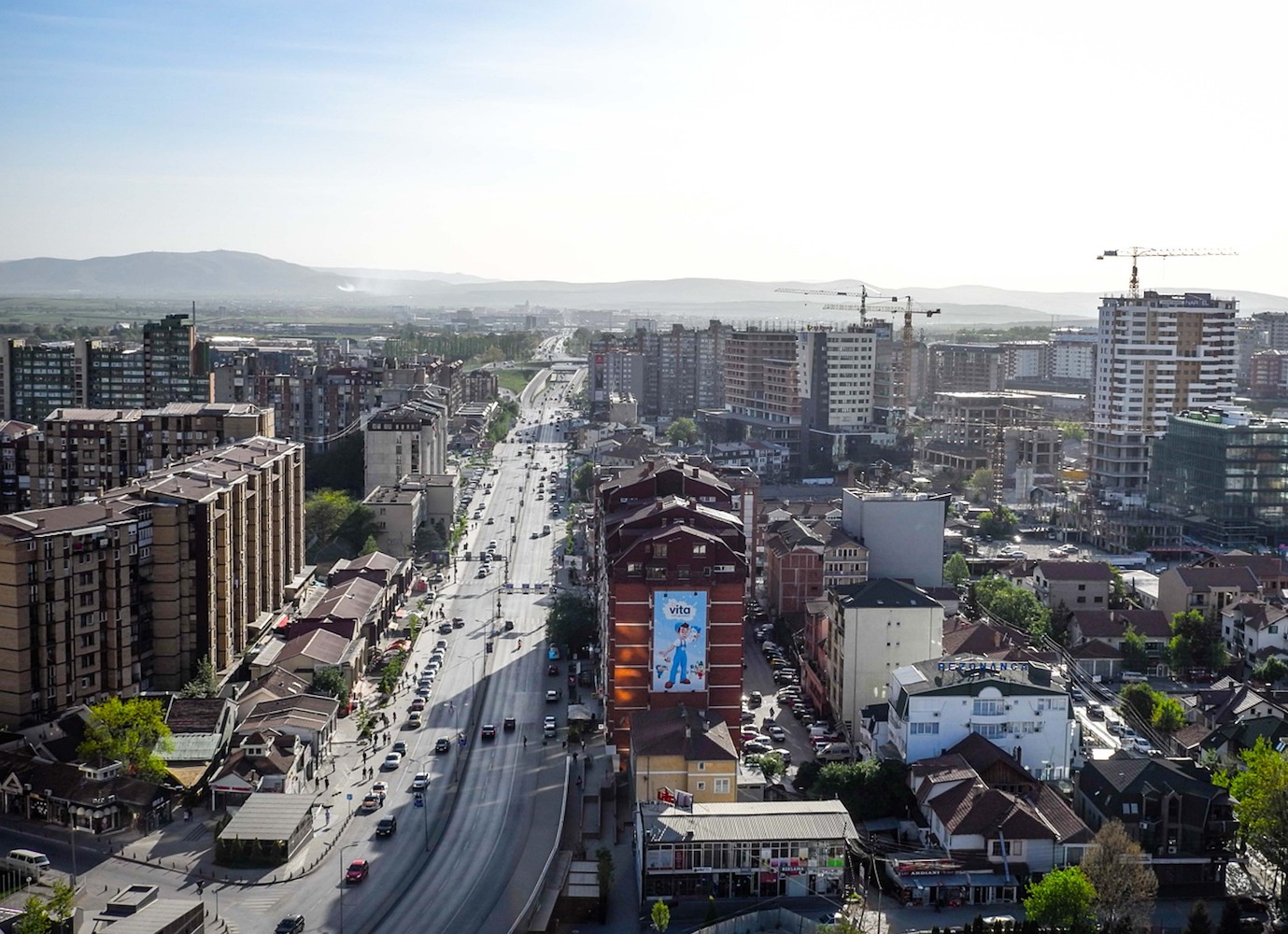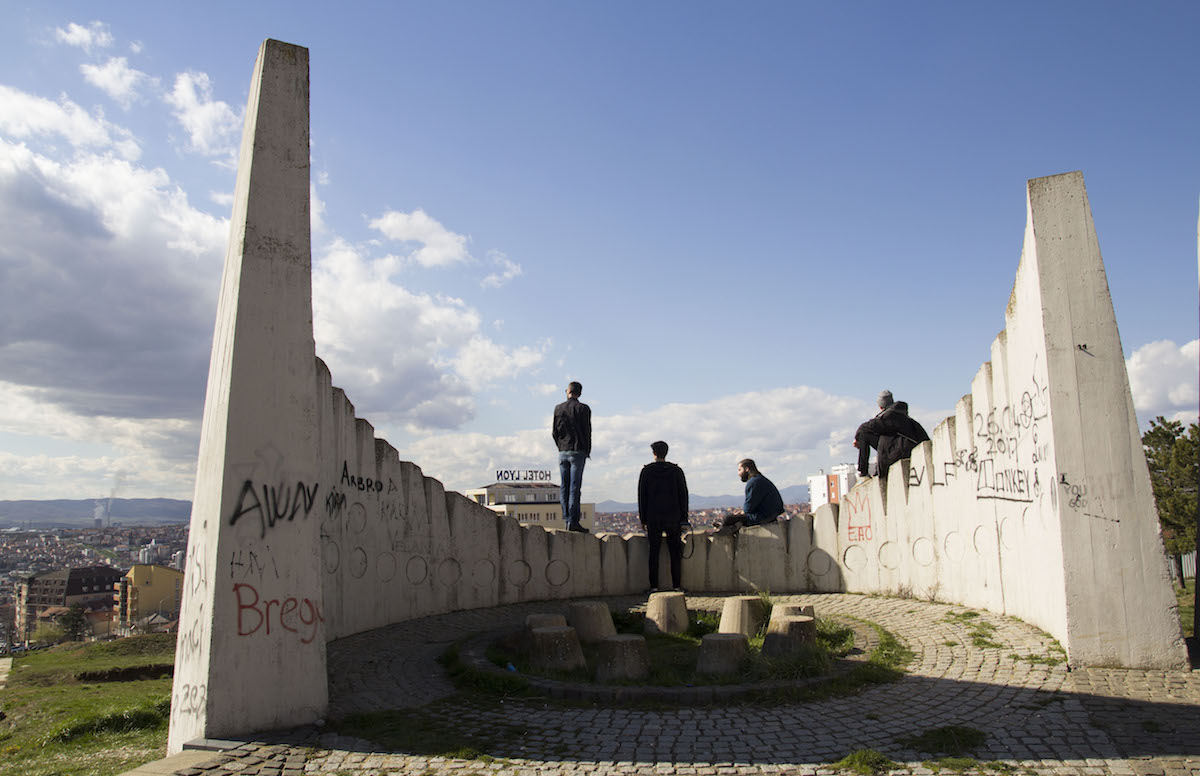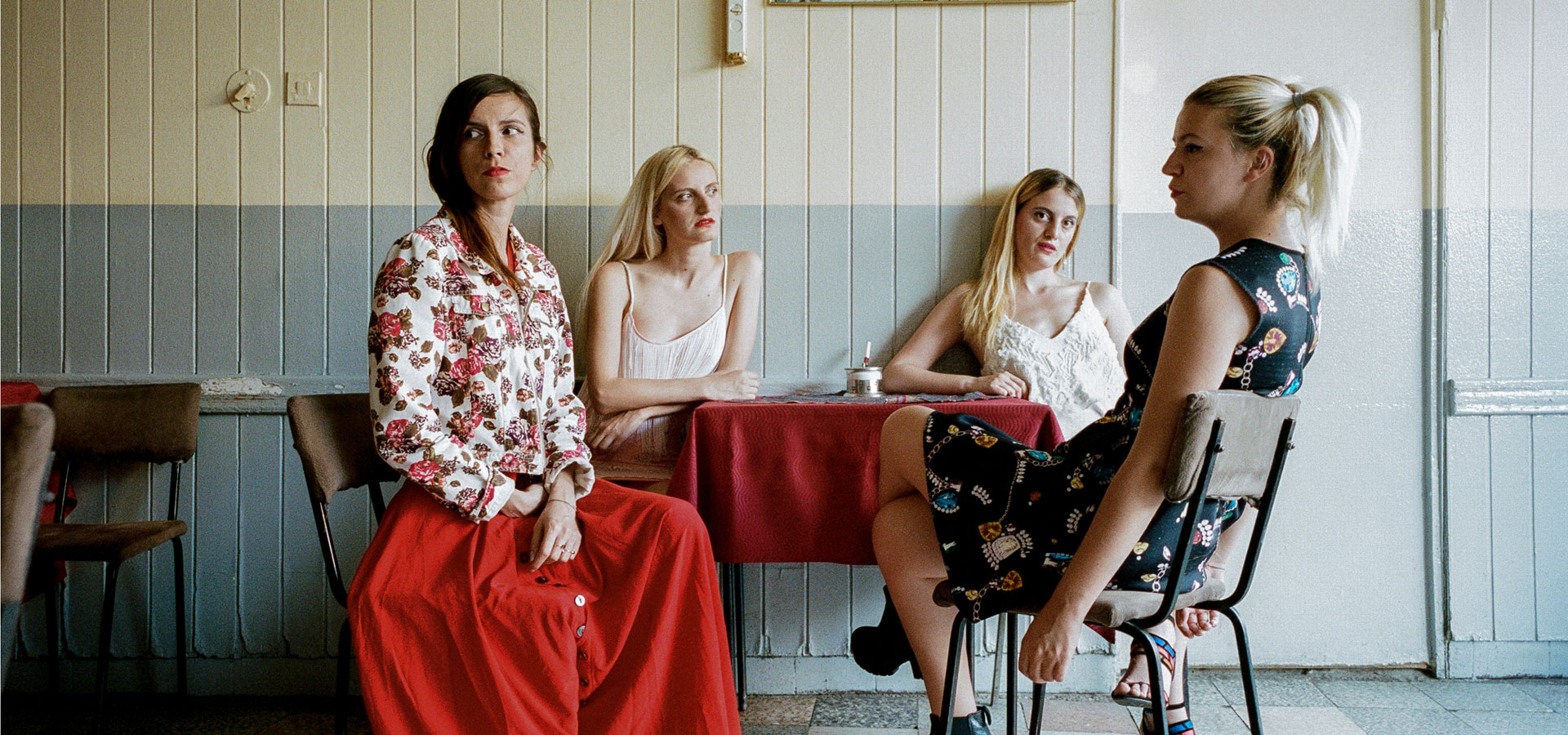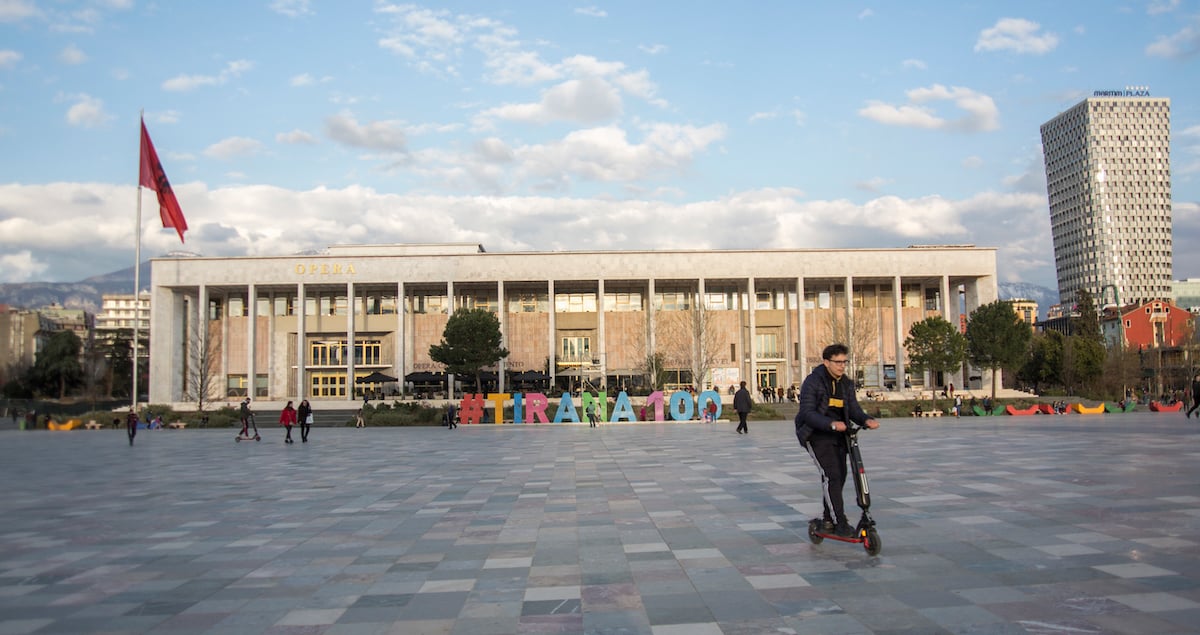Manifesta 14: how the art biennial is set to reclaim Pristina’s abandoned public spaces

Manifesta 14 will be taking place in Kosovo next year. In the process, the European contemporary art biennial plans to revive Pristina’s abandoned urban spaces.
Taking place between 22 July and 30 October 2022, the upcoming edition of the biennial, whose Creative Mediator will be Berlin-based Australian Catherine Nichols, will ask locals, designers, and architecture students for ideas on how to transform the city’s abandoned public spaces into community hubs. Throughout the summer, Manifesta will organise events at these sites when locals can drop by and share their ideas. Italian design bureau CRA-Carlo Ratti Associati will undertake the urban vision for Pristina’s Manifesta.
Among the underused public spaces mapped by the curators are Pristina’s former Brick Factory, one of the largest post-industrial sites of the city, and Hivzi Sulejmani Library, an early 20th century building with a lush garden currently inaccessible to the public. Both sites will be used as Manifesta 14 venues during the biennial.
Established in the early 90s, Manifesta is a traveling platform focused on new forms of artistic expression and dialogue between European countries through innovative curatorial practices. Previous editions have taken place in San Sebastian, Palermo, Nicosia, and Ljubljana.


